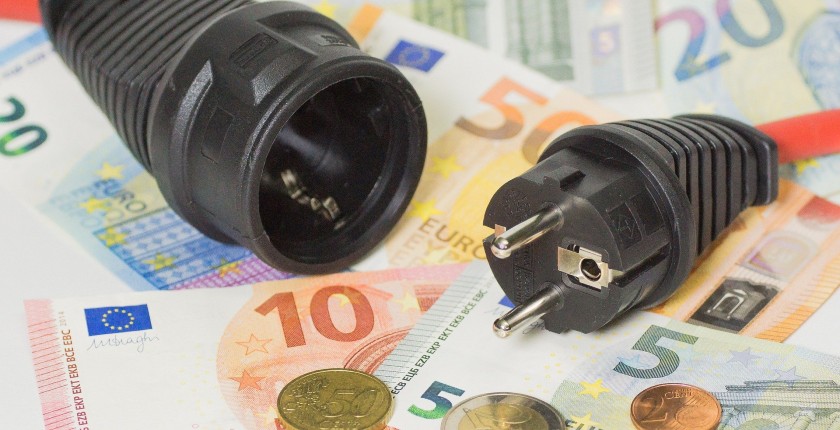
Photo: Alexander Stein from Pixabay
Many electricity consumers in the Republic of Srpska will get higher bills as of January 2023.
From January 1, firms doing business in the Republic of Srpska will have to pay EUR 65 per MWh, an increase of about 22% from the current price of EUR 53 per MWh. The authorities didn’t specify new prices for households but announced there would be three tariffs – for the consumption of up to 500 kWh, for 501 kWh to 1,500 kWh and above 1,501 kWh.
Saša Trivić, president of the Union of Employers’ Associations of the Republic of Srpska, told Nezavisne Novine that an agreement was reached with state-owned energy supplier Elektroprivreda Republike Srpske (ERS) to set prices for 2023 at EUR 65 per MWh.
The employee’s union is asking for two-year contracts
Firms are now paying EUR 53 per MWh, which means that the price is increasing by EUR 12 per MWh, he added.
The business group also asked for an offer for two-year contracts, but no agreement was reached. It remains for ERS and a dozen of the largest companies and consumers to negotiate whether the price will be EUR 65 per MWh for them or if they will sign two-year contracts.
Compared to market prices, EUR 65 per MWh is fine, Trivić added.
Of note, power futures in Germany currently range from EUR 300 per MWh to EUR 400 per MWh.
The current tariff of EUR 53 per MWh in the Republic of Srpska was introduced at the beginning of the year.
Three prices for households
Prices for households will change, but their monthly bills will depend on consumption. The authorities in the Republic of Srpska introduced a similar system as in Serbia. Over there, consumption is divided into three zones: green, blue and red, for up to 350 kWh, between 351 and 1,600 kWh and above 1,601 kWh.
The Regulatory Commission for Energy of the Republic of Srpska (RERS) is rolling out a so-called block tariff system. The basic price will be charged for up to 500 kWh, while the share of monthly consumption above the threshold will cost more and be divided into two zones.
Vladislav Vladičić, president of RERS, said that households consuming 400 kWh or 500 kWh would pay slightly less than before and those above 1,000 kWh would be charged a bit more. The increase for the category above 1,500 kWh will be more significant, added Vladičić.


















Be the first one to comment on this article.